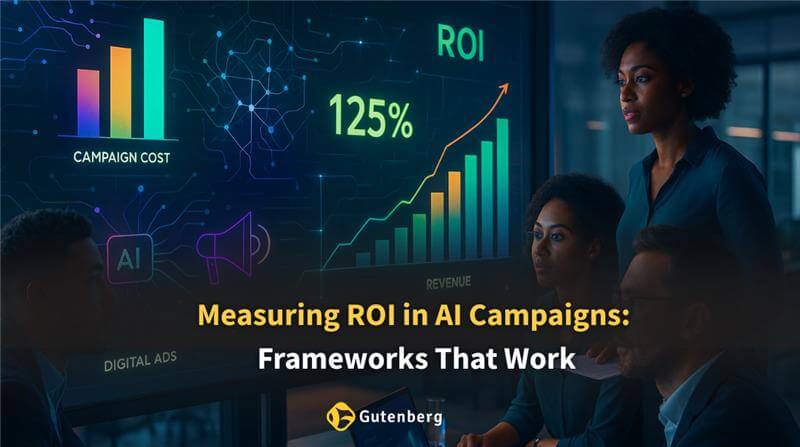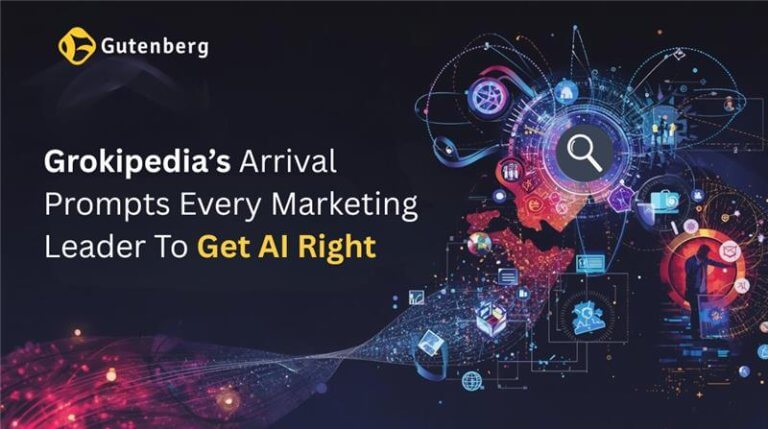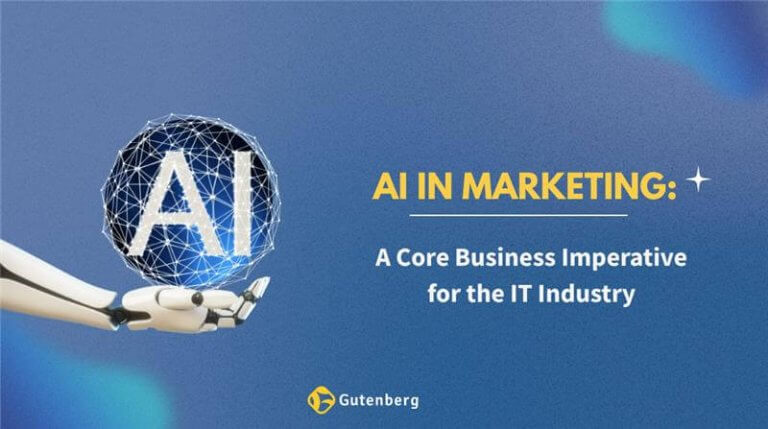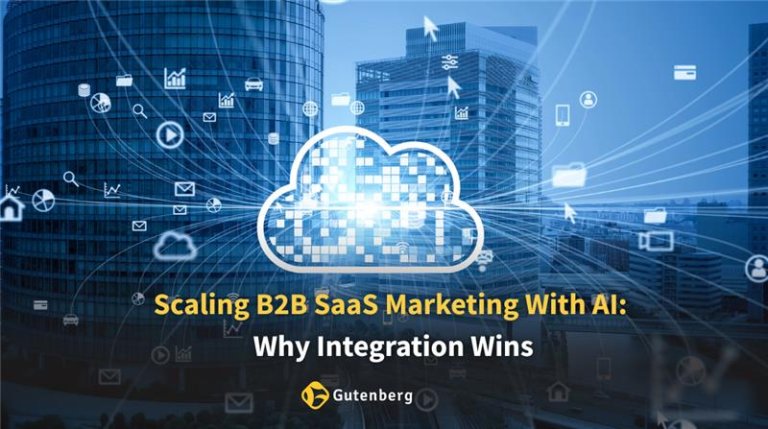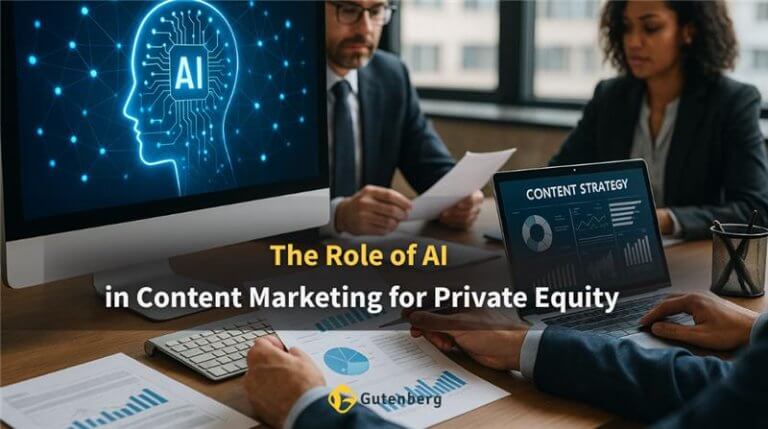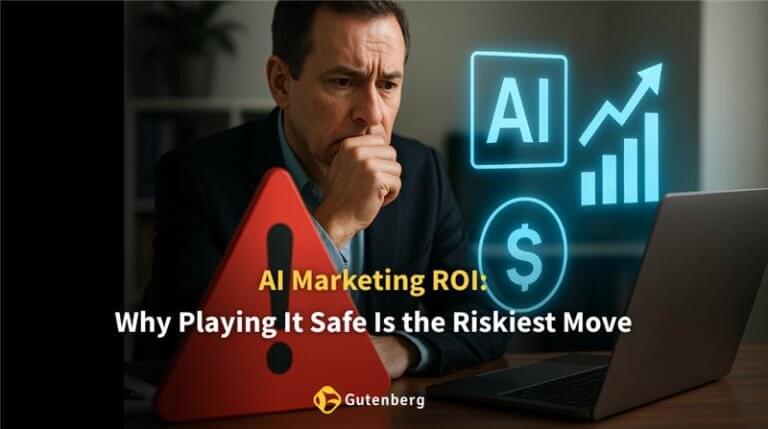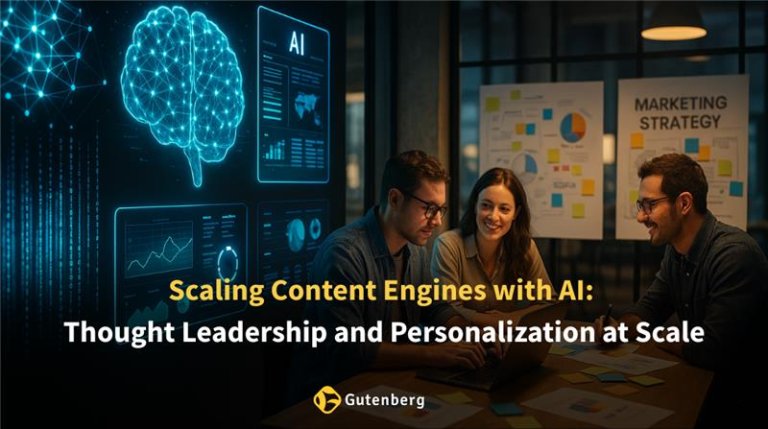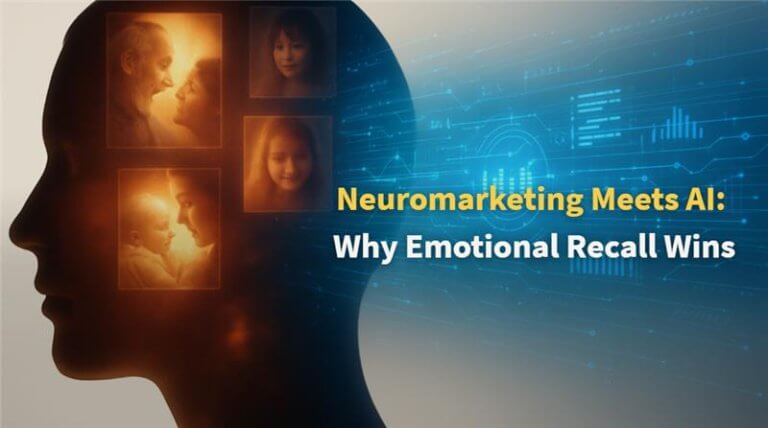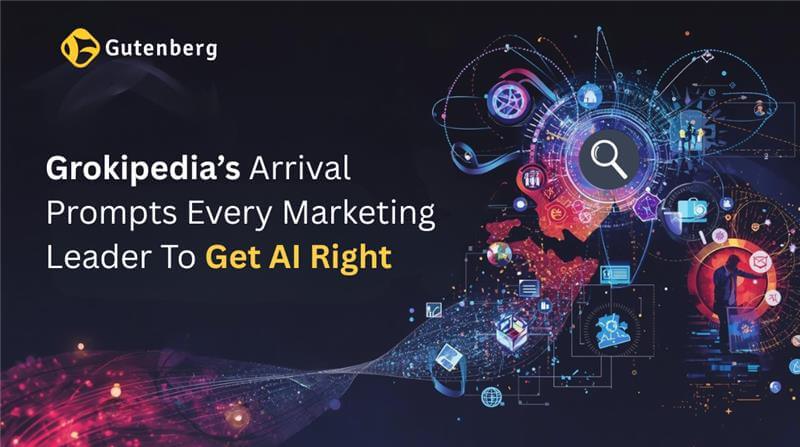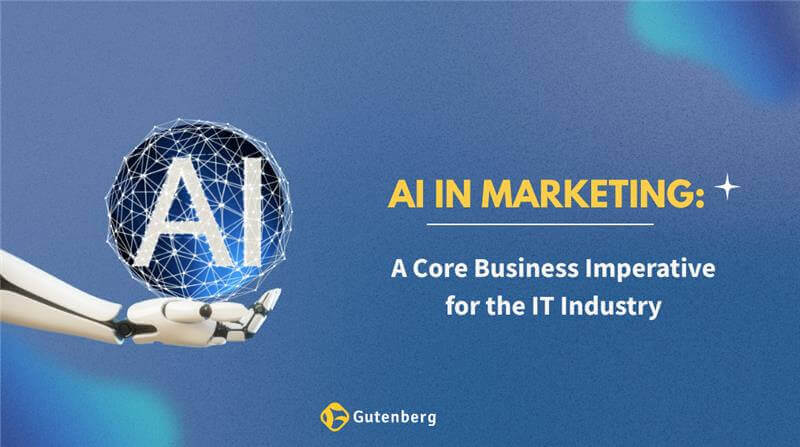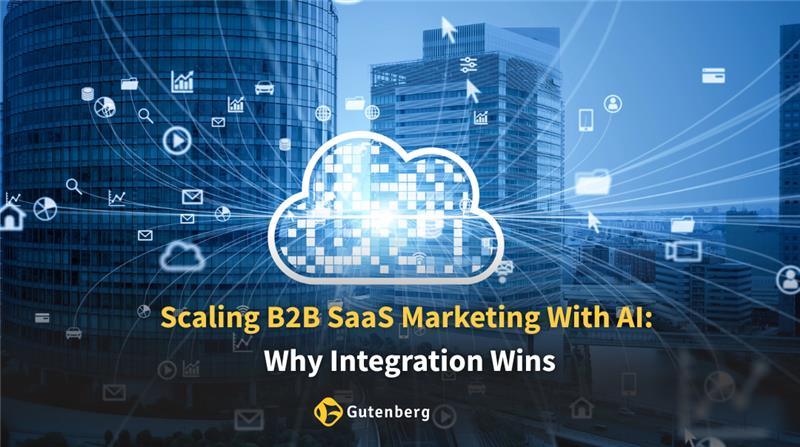For marketing leaders, measuring ROI in AI campaigns has become a top priority. It is no longer enough to track impressions or clicks — stakeholders want proof that AI investments drive real business outcomes. From revenue lift to efficiency gains, the ability to tie AI efforts back to ROI is now central to strategic decision-making.
Imagine a brand investing heavily in AI-driven personalization. Without clear ROI measurement, leadership only sees increased spend. With structured frameworks and benchmarks in place, the same investment translates into quantifiable results — higher conversions, reduced acquisition costs, and faster campaign launches. That is the difference strong ROI measurement creates.
This blog explores the frameworks, best practices, and tools that make ROI measurement possible. It also covers recent statistics, optimization strategies, and practical steps companies can take to ensure AI campaigns deliver both short-term and long-term value.
The Fundamentals of AI Marketing ROI
Before diving into frameworks, it is important to establish why ROI measurement looks different in AI-powered marketing. Unlike traditional tactics, AI affects multiple parts of the campaign lifecycle — from creative production to targeting to real-time optimization. That means ROI needs to capture efficiency, agility, and accuracy, not just revenue.
Defining AI Marketing ROI
AI in marketing ROI spans both quantitative and qualitative outcomes. On the quantitative side, marketers track improvements in revenue, cost-per-acquisition, and lifetime value. On the qualitative side, AI can boost brand reputation, customer satisfaction, and trust through personalization and data-driven decision-making.
Frameworks are critical because they help translate these wide-ranging benefits into numbers that resonate with executives.
Highlight: The Four-Pillar Agentic AI ROI Model
- Efficiency & Productivity: How much manual work has AI reduced? For instance, natural language tools can automate reporting tasks that once consumed entire teams’ hours.
- Revenue Generation: AI-driven predictive analytics can spot sales opportunities or upselling potential faster than human analysis.
- Risk Mitigation: Automated compliance checks and anomaly detection protect both data integrity and customer trust.
- Business Agility: AI speeds up testing and pivots. A campaign that once took weeks to launch can be live in days.
Together, these four pillars provide a holistic measurement framework.
Modern Frameworks for AI Campaign Measurement
As AI reshapes marketing, the measurement process must also evolve. Outdated, single-metric views no longer tell the full story.
The Four-Pillar Model in Practice
When applied correctly, this model enables marketers to explain AI’s value beyond clicks or open rates. For example, efficiency improvements might be shown through hours saved per campaign, while agility is demonstrated by faster time-to-market. Each pillar offers a lens for both financial justification and operational insight.
Portfolio vs. Siloed Pilots
Many businesses still measure AI success by individual pilot campaigns. The problem is pilots may show strong results in isolation but miss the cumulative picture. A portfolio approach connects multiple projects and highlights compounding benefits, such as rising brand trust and team productivity over time.
Multi-Metric Full-Funnel Attribution
Campaigns today rarely move linearly. Customers interact across ads, email, content, and offline channels before making a decision. Multi-metric full-funnel attribution connects these dots. Using metrics like CLV, NPS, and CPA ensures teams know which touchpoints deliver the most value, allowing smarter investment decisions.
Techniques for Accurate ROI Measurement & AI Campaign Effectiveness
Getting accurate ROI means combining the right data models with consistent benchmarking.
Data-Driven Attribution
AI excels at multi-touch attribution, distributing credit across different channels. For example, if a buyer clicks an ad, attends a webinar, and later signs a contract, AI models can weigh the true influence of each step.
70% of top marketers say AI-driven analytics improved ROI measurement for multi-channel campaigns
Marketing Mix Modeling & Incrementality Testing
Last-touch attribution misses the bigger picture. Marketing mix modeling compares AI-driven efforts against traditional ones, parsing out incremental value. Incrementality testing isolates with-AI versus without-AI results to prove whether the tool itself delivers measurable lift.
Performance Tracking in AI Campaigns: Ongoing ROI Optimization Strategies
ROI measurement is not a static project. It is an ongoing discipline where teams refine, test, and evolve their strategies.
Establishing Baselines
Every ROI story begins with a baseline. By capturing pre-AI metrics, businesses can create clear before-and-after comparisons. Without this, improvements may look like progress but lack verifiable proof.
Integrating Data Across Channels
Disconnected data is the enemy of accurate measurement. Integrating CRM, ad performance, and customer interaction data into a unified dashboard provides clarity. Dashboards also make it easier for executives to visualize outcomes and buy into future investments.
Ongoing Optimization
AI allows always-on optimization. Through real-time feedback loops, marketers can tweak copy, audiences, and creative quickly. Over time, even small improvements compound into significant ROI.
The Gutenberg Approach
Unlock measurable outcomes with Gutenberg Marketing, an ROI-focused partner trusted by brands aiming for growth. We do not just execute campaigns — we design strategies that combine AI precision with creative expertise to deliver lasting business impact.
Our team has built award-winning social media campaigns that deliver results, backed by data and storytelling that connect with the right audiences. As a result-driven marketing agency, we go beyond vanity metrics, ensuring every initiative is tied to revenue, efficiency, and long-term brand value.
We deliver:
- Personalized messaging: Aligned to buyer journeys
- Predictive targeting: Of high-value accounts
- Unified dashboards: For transparency
- Strategic expertise: Combining AI with proven marketing execution
Book a 15-min Strategy Call to see how we can maximize your campaign ROI.
Actionable Steps for Maximizing AI ROI
- Set SMART goals: Tied to business outcomes
- Establish pre-AI baselines: Capture current performance for before-and-after comparison
- Integrate data: Into unified dashboards
- Track both hard and soft metrics: Revenue and experience metrics together
- Continuously optimize: Use feedback loops and A/B testing
- Report clearly to stakeholders: Use simple dashboards and narrative summaries
Recommended Tools for Tracking ROI
| Function | Tools |
|---|---|
| Attribution | Google Analytics, Hurree |
| ABM | Demandbase, 6sense |
| Content Optimization | SurferSEO, Clearscope |
| AI Content & Automation | Jasper, HubSpot AI |
| Dashboards | Tableau, PowerBI |
Conclusion
As AI drives more investment, measuring ROI in AI campaigns must be systematic — using frameworks, data integration, and continuous optimization. Companies that adopt structured models and trusted partners like Gutenberg see faster payback and stronger stakeholder trust.
Frequently Asked Questions (FAQ)
Q1. How do you measure ROI in AI marketing campaigns?
A: ROI is measured using frameworks that track efficiency, revenue, risk mitigation, and agility. This includes both hard data like conversions and softer returns like customer satisfaction.
Q2. What metrics matter most when tracking AI campaign ROI?
A: Key metrics include Customer Lifetime Value (CLV), cost-per-acquisition (CPA), campaign velocity, and Net Promoter Score (NPS). These give a full picture of both financial and experience-driven results.
Q3. Can AI campaign ROI be compared to traditional marketing ROI?
A: Yes. Traditional ROI focuses mainly on spend versus revenue, while AI ROI captures added dimensions such as predictive analytics, automation efficiency, and improved personalization.
Q4. Which industries see the highest ROI from AI campaigns?
A: Industries like retail, e-commerce, financial services, and healthcare see strong ROI due to personalization, predictive insights, and process automation.
Q5. How can Gutenberg help my business improve ROI with AI campaigns?
A: Gutenberg combines AI tools with strategic marketing expertise. We deliver personalized messaging, predictive targeting, and unified dashboards to ensure ROI improvements that are both measurable and repeatable.

